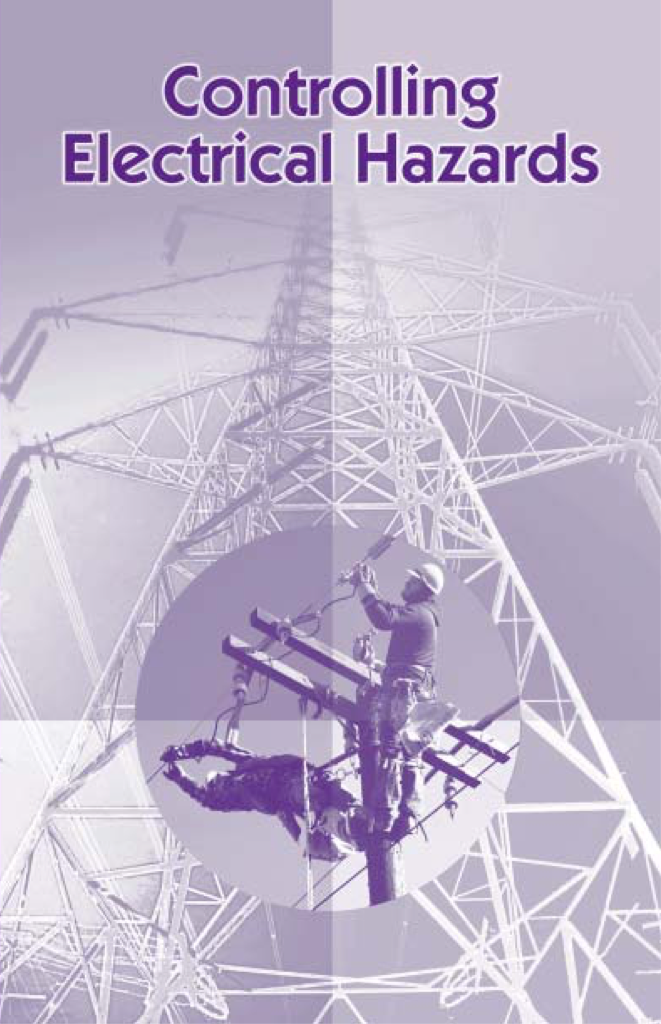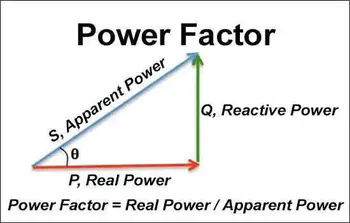Arc Flash Calculator - Incident Energy
By R. W. Hurst, The Electricity Forum
NFPA 70e Training
Our customized live online or in‑person group training can be delivered to your staff at your location.

- Live Online
- 6 hours Instructor-led
- Group Training Available
Download Our OSHA 3075 Fact Sheet – Understanding Electrical Hazards in the Workplace

- Learn the effects of electric current on the human body
- Understand OSHA safety standards and protective devices
- Discover essential lockout/tagout and grounding practices
Arc flash calculator helps electrical engineers estimate incident energy, arc flash boundary, and PPE levels using IEEE 1584 and NFPA 70E, based on fault current, system voltage, and protective device clearing time.
What Is an Arc Flash Calculator?
An tool that computes incident energy, boundaries, and PPE categories per IEEE 1584/NFPA 70E.
✅ Calculates incident energy at working distance
✅ Determines arc flash boundary and shock approach limits
✅ Guides PPE category selection and labeling compliance
An arc flash calculator is a tool or software used to determine the potential incident energy, arc flash (AF) boundary, and personal protective equipment (PPE) requirements for electrical workers who may be exposed to AF hazards. AF is a dangerous and potentially fatal occurrence when an electrical discharge travels through the air between conductors, often resulting from insulation failure, accidental contact, or equipment malfunction. For foundational context, see what an arc flash is to distinguish it from shock hazards.
Request a Free Training Quotation
The calculations are based on various factors, such as:
-
System Voltage
-
Available fault current
-
Arcing time
-
Equipment configuration
-
Working distance
Arc flash calculations are typically performed using one of two widely recognized methodologies: the IEEE 1584 standard or the NFPA 70E approach. Both methods provide guidelines for determining AF hazards and selecting appropriate PPE to protect workers. For a concise overview of inputs, equations, and limits, consult this guide to understanding arc flash calculations for alignment with current practice.
Using one helps ensure the safety of electrical workers by providing essential information for risk assessment and mitigation. It also helps companies comply with regulatory requirements and maintain a safe working environment. Organizations should also reference arc flash risk assessment principles when defining work tasks and safe approach boundaries.
Test Your Knowledge About Arc Flash!
Think you know Arc Flash? Take our quick, interactive quiz and test your knowledge in minutes.
- Instantly see your results and score
- Identify strengths and areas for improvement
- Challenge yourself on real-world electrical topics
Planners typically begin with a system-wide arc flash analysis to prioritize mitigations and verify protective device coordination.
The software demonstrates AF hazard calculations and system changes' impact on energy levels and personal protective equipment Requirements (PPE) for AF Hazards. It is best designed to estimate incident energy levels and categorize arch flash hazards at any point in an electrical system. This special engineering software determines the fault clearing time for protective device (like electrical circuit breakers) settings. It can also calculate incident energy and flash protection boundaries (safe working distance from an explosion); document personal protective equipment (PPE) requirements; and prints custom warning labels, energized work permits, and diagrams with input data and calculation results. It also uses generous tolerances for utility, transformer, cable, and motor data to calculate the conservative minimum and maximum fault currents. It includes a validated library of protective device trip characteristics to provide accurate arcing time for the calculations. For step-by-step methods on estimating incident energy, review how to calculate arc flash incident energy and validate assumptions against field data.
Reducing the electrical energy delivered to the AF incident will reduce the amount of AF energy generated. This decrease in incident heat energy usually reduces the category of personal protective equipment (PPE) required, enabling personnel to work more easily and efficiently.
The software can be used to determine incident heat energy at a certain distance, and the category of PPE required. Enter the bolted fault current, choose a current-limiting fuse from the drop-down menu, and select "calculate." See cautionary notes prior to use.
Once levels are known, crews can use practical approaches to marking off arc flash boundaries to communicate limits on the shop floor and in the field.
Calculations are based on three-phase tests at 600V using a 20" x 20" x 20" box, as described in IEEE 1584 Guide for Performing Arc Flash Calculations. They determine the PPE required to protect against the effects of radiated heat and do not consider the effects of pressure, molten metal droplets, toxic smoke or plasma jets. Therefore, actual AF results could differ from those given here.
In addition to PPE selection, applying a precise arc flash boundary calculation helps set approach and barricade distances for each location.
Software resources:
Arc Flash Hazard Calculator - IEEE 1584 Method
Arc Flash Hazard Calculator - Easy Power








